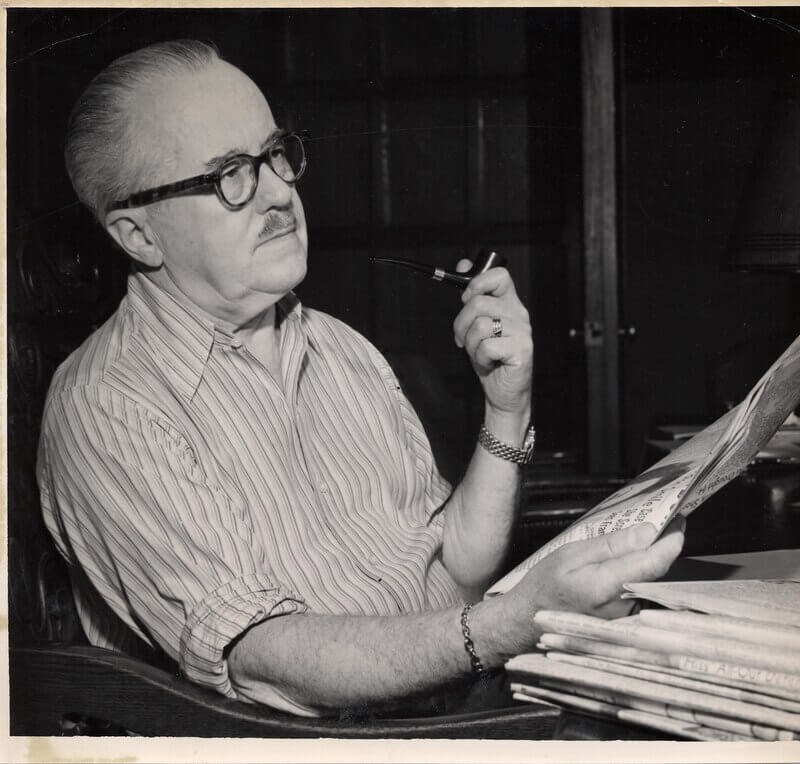

The Marshall Project | WOVU | Cleveland Documenters, 2023
2:36
Journalists for The Marshall Project conducted a data-driven investigation to examine the inner workings of a historically opaque justice system in Cleveland and Cuyahoga County, Ohio.
The work drew attention to how systemic unfairness stacks up as it relates to arrests, charging decisions, access to bail, plea bargains and sentencing.
Their reporting found that court outcomes worsen existing racial disparities, with a grossly disproportionate number of Black people – almost exclusively Black men – being arrested, charged with felonies and sent to prison. Most who wind up in Cleveland’s criminal justice system come from the community’s poorest neighborhoods. The project also shed light on the imbalance of power between white and Black neighborhoods in the election of the judges who are doing the sentencing.
Underpinning The Marshall Project investigation is a dataset of criminal case records that a local attorney had scraped from the internet and then offered to the reporting team. Reporters spent more than a year digging into the data and interviewing attorneys, academics and people who have experienced the system firsthand.
The Marshall Project team also built a web scraper, enabling it to collect 70,000 court records. The team then created a tool that residents and community members could use to ask questions the journalists would answer.
The Marshall Project collaborated with a network of local media and community organizations throughout Cleveland, ensuring broad distribution of its findings. It also created a page to make the process of reprinting the work as easy as possible, translated a visual explainer into Spanish and distributed flyers in libraries throughout Cleveland.

In 1921, Roy W. Howard became chairman of the board and business director of Scripps. One of the most influential newsmen of his day, Roy served as president of the company until he retired in 1952, when he was named chairman of the company’s executive committee.